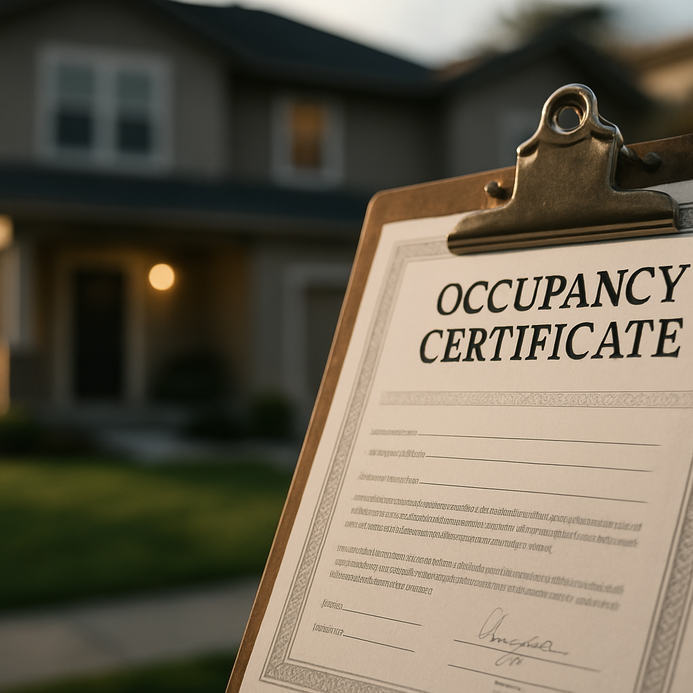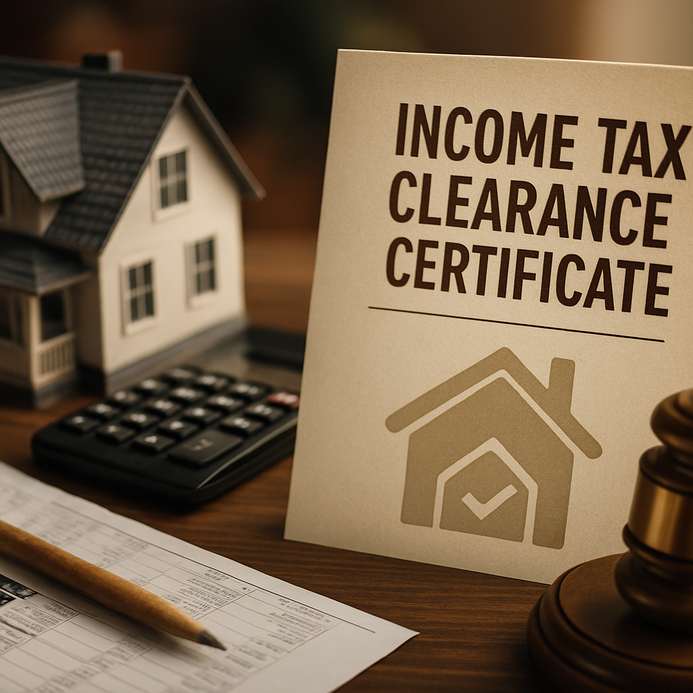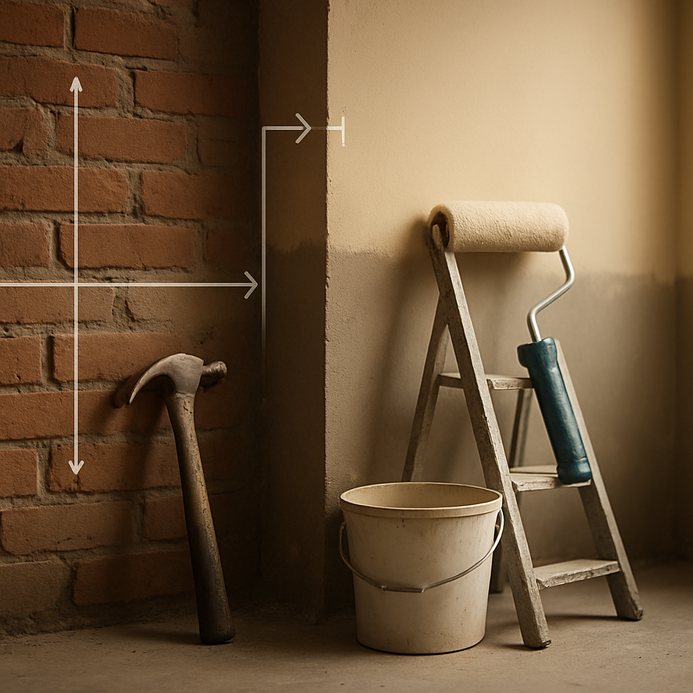What Is IRR In Real Estate? Unlocking Profitability Secrets!
Understanding Internal Rate of Return (IRR)
So, let’s talk IRR( Internal Rate of Return). It’s a big deal in real estate and for good reason. Basically, IRR helps you figure out how profitable an investment really is. Think of it this way: it’s the discount rate that gets your net present value (NPV) of those cash flows to zero. In English, it shows investors what they might expect as a return on their property over time.
For example, if a property’s got an IRR of 12%, that means it’s set to bring in a sweet 12% return every year. That’s super handy when you’re eyeballing various investments; the higher the IRR, the better the chances of making a nice profit.
Check out this quick table for a snapshot of what different IRR levels mean:
| IRR (%) | Implications |
|---|---|
| 0-5% | Below average return; you might wanna look elsewhere. |
| 5-10% | Satisfactory return; not too risky. |
| 10-15% | Good investment; solid chance of profit. |
| 15%+ | Excellent return; some serious profit potential. |
IRR’s significance in real estate can’t be overstated. It gives investors a way to predict their cash flow, understand risk better, and make more informed comparisons across properties. It’s truly a great tool for diving into the long-term value of real estate investments.
And while you’re at it, explore more about investing: Home Loans, Rent vs. Buy, or Importance of Location.
The Significance of IRR in Real Estate Investment
Grasping what IRR is in real estate is absolute gold for savvy investors. The Internal Rate of Return showcases the profit potential of an investment over time, all while considering the timing and size of cash flows.
It’s a straightforward way to stack up different real estate opportunities. The higher the IRR, chances are, the more profitable the investment. Here’s a real-world comparison to highlight this:
| Investment Option | Initial Investment | Cash Flows Over 5 Years | IRR (%) |
|---|---|---|---|
| Option A | $100,000 | $20,000, $30,000, $25,000, $35,000, $40,000 | 15% |
| Option B | $100,000 | $10,000, $15,000, $20,000, $25,000, $30,000 | 10% |
Option A stands out here – its higher IRR means stronger potential returns. With IRR, investors really get a grip on how cash flows work, helping them manage rent variations and market shifts more effectively.
Plus, it helps clarify investment risks. As noted by source, it’s crucial for gauging how shaky cash flows could impact an investment’s prospects. Those insights can be game-changers when deciding to buy or sell.
Pros in real estate finance really stand by IRR when guiding clients or making strategic moves. It’s become a kind of common language for weighing project viability. Explore source and source for a solid guide on applying IRR in real estate.
For more tips on finance strategies tied to real estate, dive into the importance of location here, or check out our guide on maximizing investment strategies here.
How to Calculate IRR: A Step-by-Step Guide
Calculating IRR is crucial for anyone in real estate wanting to gauge how profitable their investment could be. Below is a straightforward guide to figuring out IRR and why it matters.
Step-by-Step Calculation Process
1. Identify Cash Flows: Start by gathering all the cash flows tied to your investment—this means all costs (outflows) and your expected income (inflows) over the investment period.
| Year | Cash Flow |
|---|---|
| 0 | -100,000 |
| 1 | 20,000 |
| 2 | 25,000 |
| 3 | 30,000 |
| 4 | 35,000 |
| 5 | 40,000 |
2. Apply the IRR Formula: Here’s the kicker—the IRR is the rate that sets the net present value (NPV) of all cash flows to zero. In math terms, it’s represented as:
NPV = ∑ (CF_t / (1 + IRR)^t) = 0
where CF_t means the cash flow at time t.
3. Use Financial Tools: Sure, you could crunch these numbers by hand, but why not make life simpler? Software like Excel can save tons of time! Just use the formula `=IRR(range_of_cash_flows)` for quick calculations.
4. Interpret the Results: After you’ve calculated IRR, stack it against your required rate of return or cost of capital. A higher IRR means a more enticing investment opportunity.
IRR shines a light on the investment’s viability, especially in real estate deals, where upfront costs and future cash flows are a big deal for profitability.
You might also find our article on the Home Loan Repayment Period helpful if you’re looking for more financial insights related to real estate investments. Knowing this stuff can really help in making solid decisions about your properties.
Common Pitfalls in IRR Calculation and Interpretation
When it comes to calculating or interpreting IRR, investors can trip up. A common mistake? Thinking the IRR will always be in the positive. A negative IRR? That’s a red flag right there. And let’s not forget about cash flow timing. If you overlook this, especially in IRR calculations, it can mess things up big time. Smaller cash inflows and larger early outflows can twist those results.
Another misstep is focusing solely on IRR without context. It’s essential to compare it with benchmarks or other investments. Rushing through those calculations? That can lead to missing critical factors, like market trends or specific property details.
To steer clear of these traps, always do a sensitivity analysis. This examines how changes to your assumptions can impact IRR. Plus, consider using Modified Internal Rate of Return (MIRR). This version gives a more realistic view of profitability since it tackles some of IRR’s shortcomings.
Here’s a quick rundown of key pitfalls to keep in mind:
| Pitfall | Description | Solution |
|---|---|---|
| Assumption of Positive IRR | Ignoring that negative IRR could mean a bad investment | Look at cash flow impact |
| Lack of Context | Not comparing IRR to other options | Use benchmarks for better context |
| Quick Calculations | Rushing through the numbers | Review your assumptions carefully |
| Ignoring Timing of Cash Flows | Overlooking how much timing matters | Conduct sensitivity analysis |
Also, if you need tips on home loans and property investment, check out our articles on home loans and financing your first home. Keeping these pitfalls in mind can set investors up for stronger decision-making in real estate.
Maximizing Investment Returns with IRR Insights
Getting a handle on what IRR means in real estate can really impact your investment choices. By using IRR analysis, investors can pinpoint the projects that promise the sweetest returns. Here’s how to maximize your profits with some IRR insights.
1. Assess Multiple Properties: Leverage IRR to stack up various investment options side by side. This makes it simpler to weigh cash inflows, costs, and anticipated returns effectively. Say Property A has an IRR of 12% and Property B boasts 15%, B is looking like a better bet.
2. Think about the Time Value of Money: IRR takes the time value of money into account, which shows how cash flows lose value over time. By chasing investments with higher IRR, you lean towards better-paying opportunities that give returns faster.
3. Pay Attention to Cash Flow Timing: Investments that pay out sooner usually have higher IRR. So, it’s wise to structure deals that boost those early cash inflows. You want those rental payments or project profits rolling in ASAP.
4. Weigh Long-Term Potential: Sure, snatching up quick returns is tempting, but consider the long-term growth of a property, too. IRR can clue you in on how your investments will evolve over time.
5. Manage Risks: Use IRR to assess the risk tied to a project. If the expected IRR is way higher than the risk-free rate, watch out—there could be some serious risk involved. Analyze everything that comes with it.
Here’s a quick comparison table for potential investments:
| Property | Investment Cost | Annual Cash Flow | IRR (%) |
|---|---|---|---|
| Property A | $100,000 | $12,500 | 12% |
| Property B | $100,000 | $15,000 | 15% |
| Property C | $100,000 | $8,000 | 10% |
Also, for more detailed insights, look into articles on the importance of cash flow for property investments or ways to effectively compare rental investments. The journey into real estate investments can be enlightening!
FAQ
- What is Internal Rate of Return (IRR)?
IRR is the discount rate that makes the net present value (NPV) of all cash flows from an investment equal to zero, indicating the potential profitability of the investment. - Why is IRR important in real estate?
IRR helps investors compare different investment opportunities by providing insight into their potential return rates and associated risks. - How do you calculate IRR?
To calculate IRR, you need to determine your cash flows over the investment period and find the discount rate that sets the NPV of those cash flows to zero. This can be done using financial software or a financial calculator. - What are common pitfalls with IRR?
Common pitfalls include assuming a positive IRR will always occur, neglecting the context of the IRR compared to other investments, and rushing through calculations without careful consideration of cash flow timing and market factors. - How can I maximize my investment returns with IRR?
Focus on assessing multiple properties, considering the time value of money, paying attention to cash flow timing, weighing long-term growth potential, and managing risks effectively.













